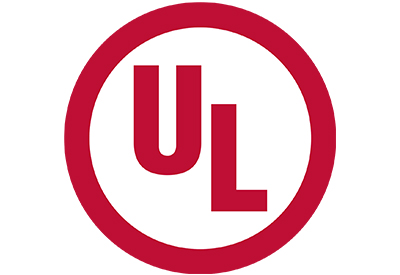UL Opens Edmonton Customer Service Centre and Laboratory to Accelerate Manufacturing and Supply Chain Safety

Nov 1, 2019
UL officially opened a new hazardous locations customer service center and laboratory in Summerside Centre, 1040 Parsons Road SW in Edmonton.
The facility offers local expertise for advisory services, equipment testing and certification. Dedicated proficiency in Edmonton offers a collaborative safety service solution for the downstream, midstream and upstream oil and gas industry. Additionally, local testing and certification enables manufacturers with equipment used in potentially explosive atmospheres in a wide variety of industries a quicker turnaround time and thereby faster speed-to-market. Recognizing the critical needs for local safety expertise and timely delivery of electrical products and electrical equipment to the oil and gas industry, UL’s new facility helps manufacturers, system integrators and asset owners of equipment better serve that sector in western Canada. In addition, UL provides hazardous locations audits, validation and technical education and training.
Classified by the likelihood of an ignitable concentration of combustible material being present in the manufacturing process, hazardous locations have a higher risk of explosion or fire hazards due to the presence of flammable gases, flammable or combustible liquid-produced vapors, combustible dusts and ignitable fibers or flyings. To address these increased risks, UL works with manufacturers to test and certify equipment used in hazardous locations to advance safe working and production conditions.
“The facility complements our current testing and certification services in Canada by providing manufacturers full-service solutions locally,” said Joe Hosey, vice president and general manager for UL in Canada. “With our focus on technology and innovation, UL is committed to helping our customers mitigate hazardous locations and supply chain risk, while also helping them cut time to market for their products and solutions.”
Serving stakeholders across the supply chain, the new UL hazardous locations facility will further fuel UL’s global footprint to help customers advance innovation. Utilizing its global network of hazardous locations technical experts and state-of-the-art facilities, along with longstanding relationships with regulatory authorities, partner laboratories and industry technical leaders, UL has the ability to help manufacturers achieve compliance credentials for global markets to accelerate the final steps in the certification process. Further simplifying the process, UL offers a single, local contact for global hazardous locations certification needs.
“Navigating the complex landscape of global hazardous locations certifications is a challenge. UL is actively engaged in the global standards writing process and participates in more than 50 hazardous locations technical committees,” said Milan Dotlich, Europe and Americas vice president of energy and power technologies at UL. “We truly have our finger on the pulse of the global hazardous location industry and want to share our expertise with customers here in Canada.”
UL originally entered the Canada market in 1920 when UL founder, William H. Merrill, established an office in Toronto. Over the next century, UL continued to expand facilities and offerings across Canada to further its mission to make the world a safer place. The new Edmonton facility marks the tenth UL location in Canada. Other locations include Mississauga, two locations in Ottawa, Quebec City, St-Laurent, Toronto, Truro, Vancouver and Varennes.









![Guide to the Canadian Electrical Code, Part 1[i] – A Road Map: Section 52 — Diagnostic imaging installations](https://electricalindustry.ca/wp-content/uploads/2022/11/Guide-CE-Code-2.png)






